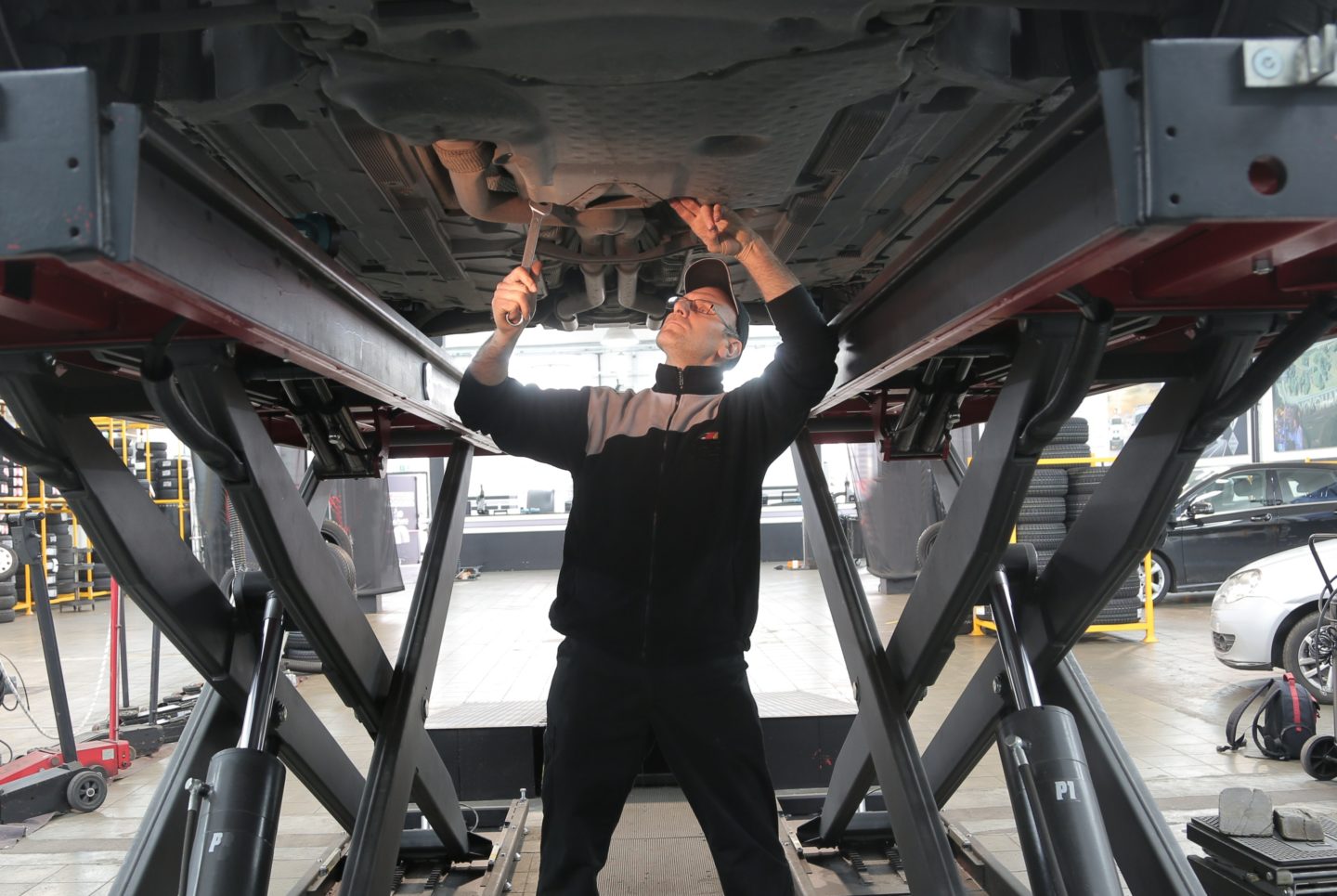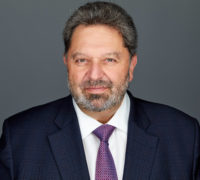In 2011, Tricoire relocated himself and some members of his team to Hong Kong to put in place a multi-hub structure built around regional markets.
“That was started by one simple thing – me moving. But not just me: it took family sacrifices by many people in my leadership team. But we wanted this project, so we had to show by example,” he said.
“I believe that the world will be global, but as more and more countries exit to prosperity the difference in cultures will reappear in a very strong manner. So it was important to define a model that would benefit from being global, but at the same time would put decisions where the difference is made – which is by region.”
The gamble paid off. Today, Asia is Schneider Electric’s largest region, accounting for more than 30% of its business, ahead of North America (just under 30%) and Europe (25%). Overall, emerging markets, from being just 10-15% of the company’s revenues two decades ago, now account for around 40-45%.
“Because we had to learn a new base, a new speed, and a new capacity of adaptation to different terrains, that really changed our thinking,” he recalled.
SDG guidance
If completely aligning purpose and sustainability is the target of Schneider Electric’s strategy, and distributed responsibility for implementation is its means for realizing its goals, how best to align its people? “What remained was to find a behavior for our people [that aligned with this],” said Tricoire.
Schneider Electric’s answer was to become one of the first adopters of the UN’s Global Compact, the 2000 declaration aimed at encouraging businesses to adopt sustainable and socially responsible policies. “That defined what we are: it aligned us on sustainability.”
The Compact’s augmentation with the Sustainable Development Goals in 2015 allowed Schneider Electric to refine this approach further. Not only does the company draw up its plans every three years using criteria drawn from the SDGs, but they are also used to determine the bonus of employees – from the lowest level to the very top.
Schneider Electric’s progress towards integrating sustainability into its operations led in 2021 to it being placed top of the Corporate Knights’ Global 100 Most Sustainable Corporations, a ranking of more than 8,000 companies with revenues of $1 billion or more.
Watch the full dialogue to find out more about Jean-Pascal Tricoire’s views on recruitment, simultaneously holding the posts of Chairman and CEO, the political responsibilities of corporate executives, and the role of luck.
YouTube



 Podcast available
Podcast available